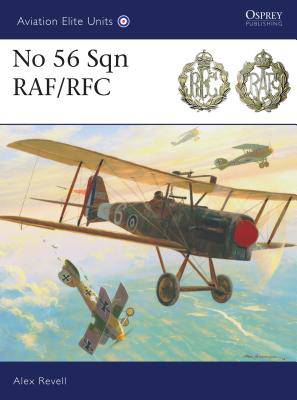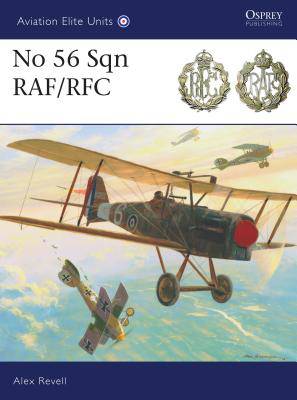
- Afhalen na 1 uur in een winkel met voorraad
- Gratis thuislevering in België vanaf € 30
- Ruim aanbod met 7 miljoen producten
- Afhalen na 1 uur in een winkel met voorraad
- Gratis thuislevering in België vanaf € 30
- Ruim aanbod met 7 miljoen producten
Zoeken
€ 23,95
+ 47 punten
Omschrijving
By the autumn of 1916, with the formation of the new Jagdstaffeln, the pendulum of aerial supremacy had once again swung in favor of the German Air Force. The battle of the Somme in 1916 saw the RFC suffer losses of nearly 400 aircrew between September and November, and British casualties were to reach a zenith in the 'Bloody April' of 1917 when 319 aircrew were lost, killed or taken prisoner of war. This was the situation when No 56 Squadron arrived in France at the end of April 1917. Equipped with the superb new SE 5, it was the first fighter squadron of the RFC to be able to meet the Albatros and Halberstadt fighters of the Jagdstaffeln on equal terms. The squadron's pilots won an incredible tally of decorations, and by the end of the hostilities many famous fighter pilots had passed through its ranks - Albert Ball VC, Canadian Hank Burden and American Robert Caldwell to name but a few. In this fascinating study, Alex Revell uncovers the early days and development of No 56 Squadron, its victories and losses, and the birth of a proud tradition.
Specificaties
Betrokkenen
- Auteur(s):
- Illustrator(s):
- Uitgeverij:
Inhoud
- Aantal bladzijden:
- 128
- Taal:
- Engels
- Reeks:
- Reeksnummer:
- nr. 33
Eigenschappen
- Productcode (EAN):
- 9781846034282
- Verschijningsdatum:
- 22/09/2009
- Uitvoering:
- Paperback
- Formaat:
- Trade paperback (VS)
- Afmetingen:
- 178 mm x 252 mm
- Gewicht:
- 399 g

Alleen bij Standaard Boekhandel
+ 47 punten op je klantenkaart van Standaard Boekhandel
Beoordelingen
We publiceren alleen reviews die voldoen aan de voorwaarden voor reviews. Bekijk onze voorwaarden voor reviews.











